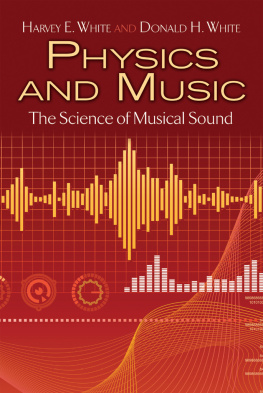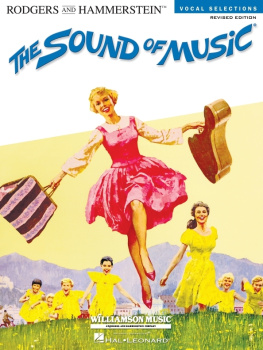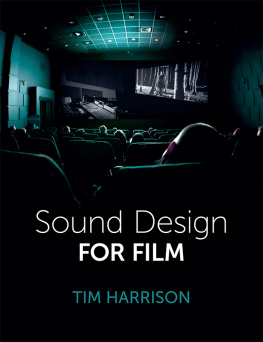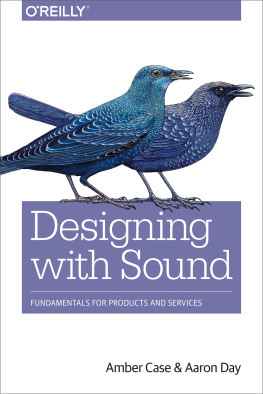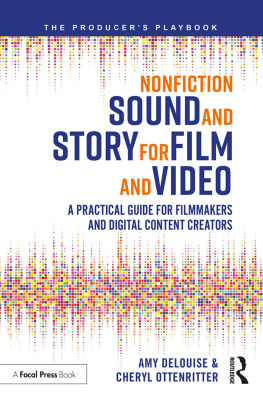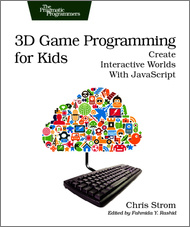Sound Design for the Stage
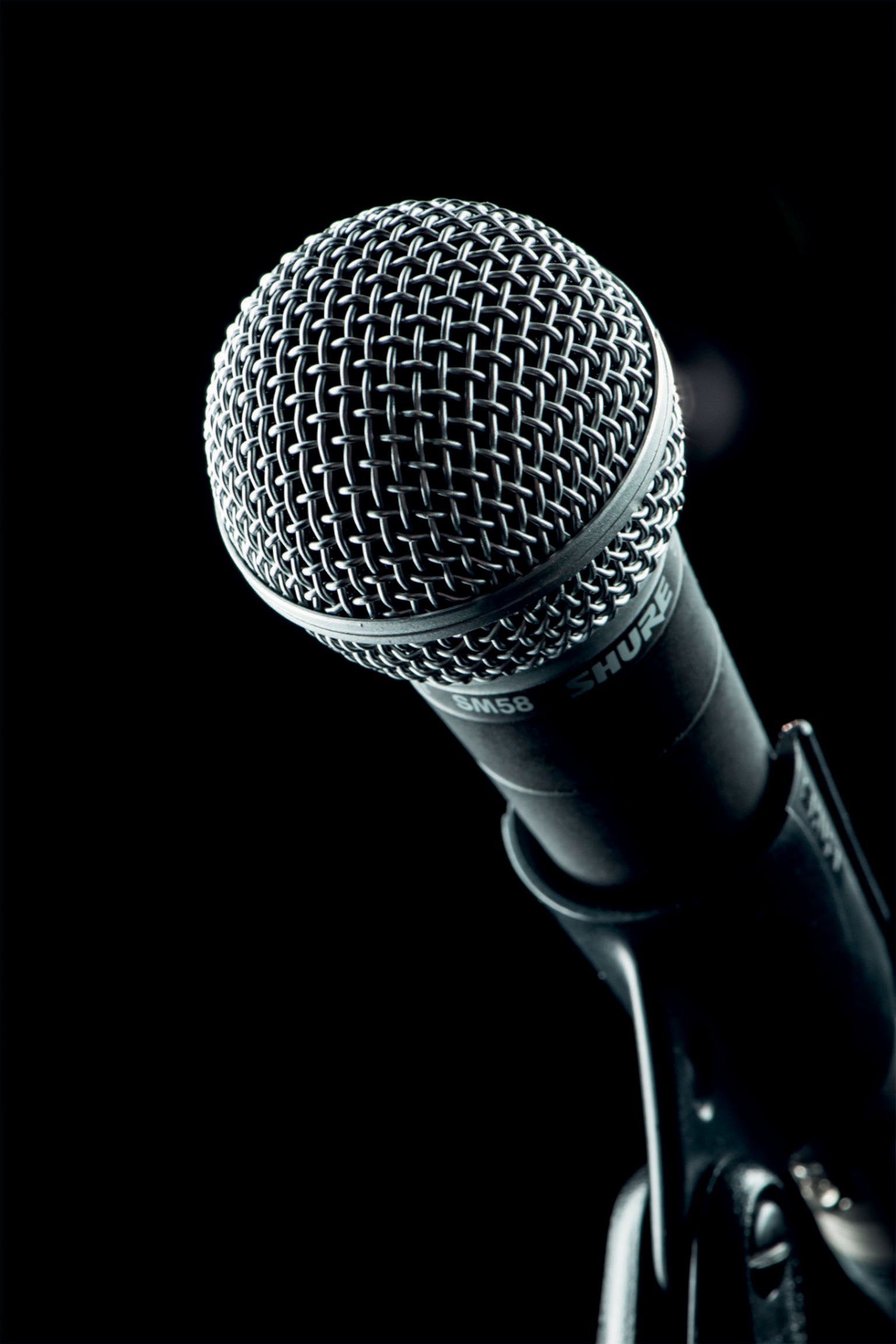
Sound Design for the Stage
Gareth Fry

THE CROWOOD PRESS
First published in 2019 by
The Crowood Press Ltd
Ramsbury, Marlborough
Wiltshire SN8 2HR
www.crowood.com
This e-book first published in 2019
Gareth Fry 2019
All rights reserved. This e-book is copyright material and must not be copied, reproduced, transferred, distributed, leased, licensed or publicly performed or used in any way except as specifically permitted in writing by the publishers, as allowed under the terms and conditions under which it was purchased or as strictly permitted by applicable copyright law. Any unauthorised distribution or use of thistext may be a direct infringement of the authors and publishers rights, and those responsible may be liable in law accordingly.
British Library Cataloguing-in-Publication Data
A catalogue record for this book is available from the British Library.
ISBN 978 1 78500 554 1
CONTENTS
DEDICATION AND ACKNOWLEDGEMENTS
This book is dedicated to my amazing family: Laura, Phoebe and Lewis.
There are many people who taught me, or from whom I learnt, as I found my way into this career. I cant hope to name all of them, but Tom Vinelott, Simon Whitehorn, Ross Brown, Peter Barnett, Paul Groothuis and Chris Shutt all deserve my thanks.
Thanks to Max Pappenheim, Harry Johnson and Pete Malkin for reading this over and pointing out my mistakes. And thanks to Crowood for their patience!
All product names, trademarks and registered trademarks are the property of their respective owners. All company, product and service names used in this book are for identification purposes only. Use of these names, trademarks and brands does not imply endorsement.
Figure 53 and QLab are registered trademarks of Figure 53, LLC. Gareth Fry is not affiliated with Figure 53, LLC, and this text has not been reviewed nor has it been approved by Figure 53, LLC.
All photos are by Gareth Fry, except where credited, or are product photos courtesy of the manufacturers.
INTRODUCTION
Many of the books Ive bought with similarly vague titles such as Sound Design for the Stage are sat, mostly unread, on my bookshelf. They tend to focus on the physics of loudspeakers and microphones, on recording sound effects, and how to mark up a script. But they rarely discuss how the industry works, how to get work, how to discuss ideas with a director, or how you might generate the concept for your sound design in the first place.
This book places emphasis on the practical process of creating the sound design for a show, in close collaboration with the director, writer and performers. We will discuss aspects of acoustics, vocal intelligibility and sound systems along the way, but we will focus more on the psychological and artistic effects of the decisions we might make.
Theatre happens at many different scales. I started off in pub fringe venues with just a cassette player and two knackered HiFi speakers. Since then Ive worked on pretty much every scale of show, up to Broadway and the Olympic Games. The level of resources may differ radically, but the thought processes are often very similar, because we are still telling a story. The story can be a narrative story or it can be a musical story. It can be told with words or it can be told with movement. It may not be linear and it may not be discernible to the audience, but its rare that we put a bunch of random things on stage in a random order. We use technology to tell these stories but lets think about technology as our paintbrushes, and focus more on what we might want to paint.
Im also going to talk about when things went wrong, or didnt go to plan, and how I gracefully got myself out of trouble or, in some cases, didnt.
I am writing this book with the emergent sound designer or director in mind. Perhaps you are a student, or a graduate, or have come straight into theatre by some other route.
A lot of the information that follows is going to be my personal opinion, my ethos, and my own particular experiences, rather than objective facts. Your version of good sound design is probably different to mine, so feel free to disagree with me entirely and find your own way.
Lets start by looking at how the industry works, how a creative team is assembled, what is expected of a sound designer, and how they get work.
HOW TO BECOME A SOUND DESIGNER
WHAT IS A SOUND DESIGNER?
The job title sound designer means different things in different industries. In theatre it is an all-encompassing role, which essentially means you are responsible for all audible aspects of a production. That is, of course, incredibly vague, and deliberately so, because what those aspects are varies massively from show to show, depending on the story youre telling (if there is one), the venue, the budget available, and a huge number of other factors.
It can involve sound effects recording, music production, sound system design, live music reinforcement and amplification, vocal reinforcement and amplification, room acoustics, creating multi-channel sound effects and soundscapes, amongst other things. Each of these is a huge topics in itself, so well touch on them briefly and pragmatically, so we dont get weighed down by an excess of information.
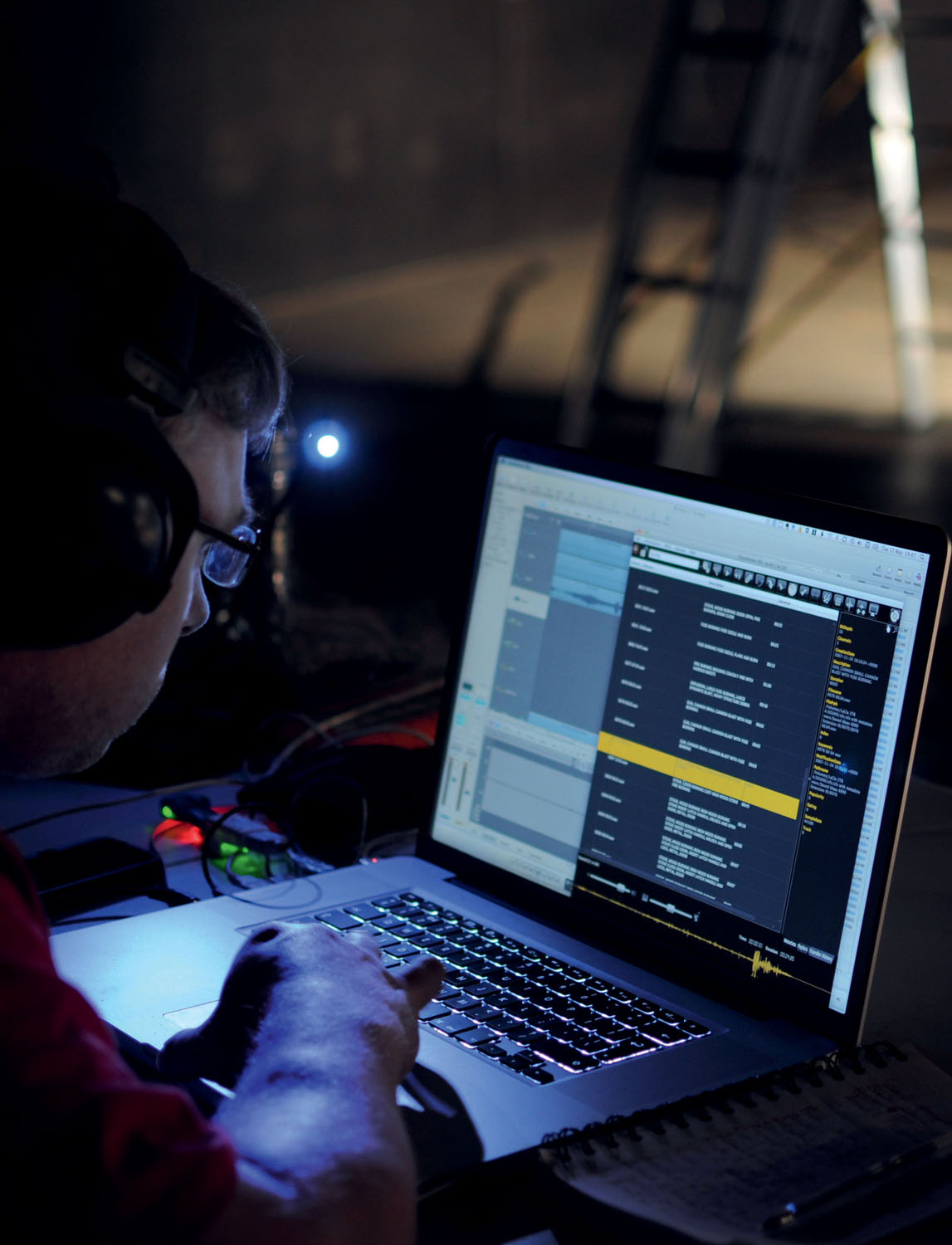
On some shows you may do only a couple of those elements, on others you may be involved in all of them. Of course, no one is an expert in all those fields. Many of us have specialisms in certain aspects, and we often work with others to bolster any skills gaps we might have. Sound design involves working in a creative team, with directors, writers, designers, performers and musicians, collaborating together to make something hopefully awesome!
One of the lovely aspects about theatre sound design is that often we have complete control of the end-to-end process. That is to say, we control the recording process, the mixing process, the sound system it is played back over, and the venue it is played back in. This is in contrast to, for example, sound design for cinema, where you have control over the recording and mix of the sound design, but you have no control on how good the cinema sound system is, or indeed whether an audience member will hear it in a cinema or through a tiny speaker on their mobile phone.
Theatre is reasonably unique in giving us this end-to-end control, which opens up a lot of creative possibilities. For example, we can, if we want, put lots of sub-bass speakers underneath the audiences seating. Or we can pan sounds around hundreds of different speakers in the auditorium. The limits tend to come from the architecture, the budget or our imagination!
THE SOUND DESIGNERS PATH TO EMPLOYMENT
It is difficult to look at becoming a sound designer in terms similar to traditional careers, which may offer formal career paths with structured opportunities for professional development and advancement, and regular hours.
Like many careers in the arts, and increasingly in many industries, there isnt an official path into it or through it. Everyone is making it up as they go along, and basically its up to you. This can be either terrifying or liberating, depending on your perspective. This lack of structure makes many arts jobs feel like an insecure choice of career, but many people make a living doing good, interesting work. Like many freelance careers, the early years trying to get a footing can be challenging.
Next page

